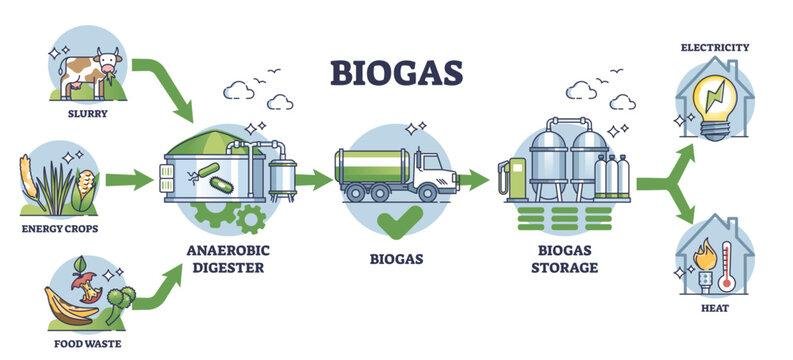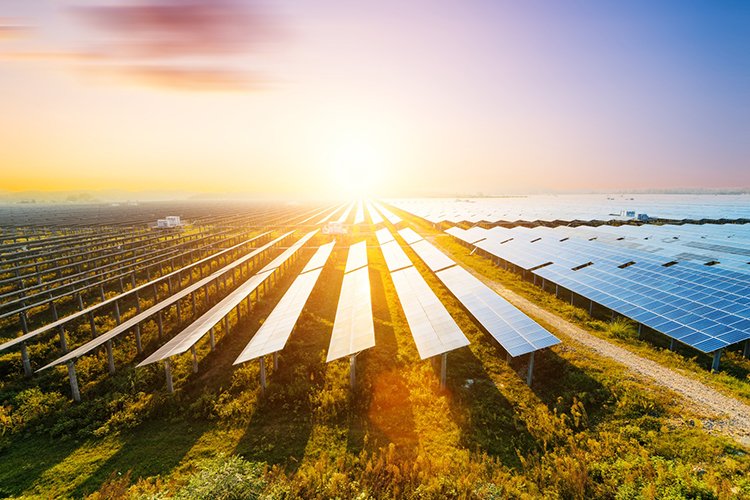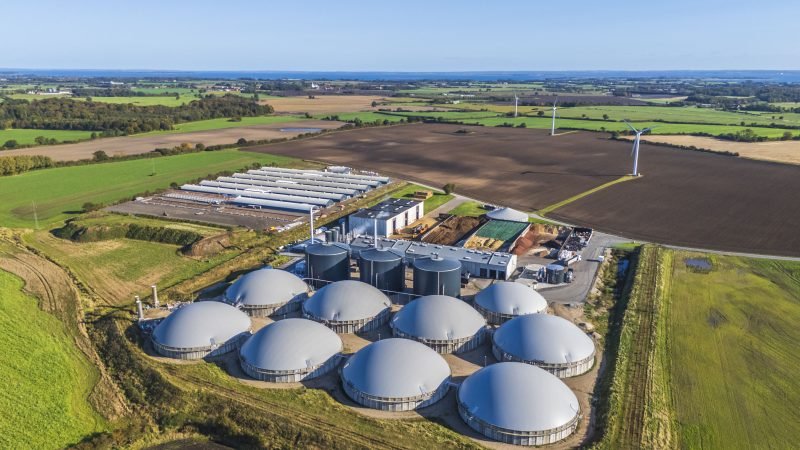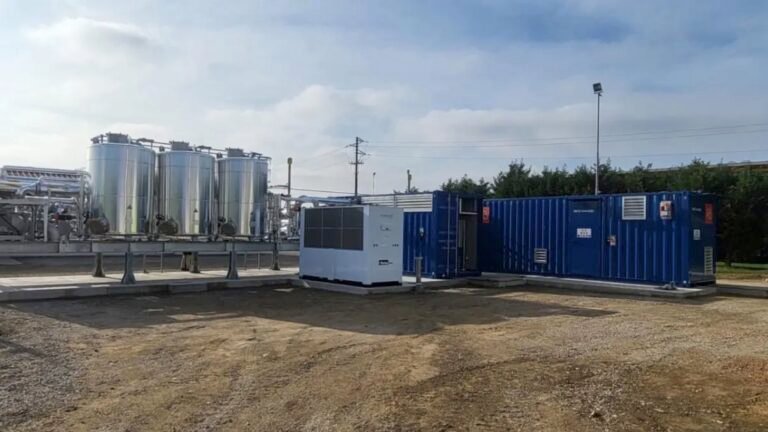The biogas generation systems market, valued at USD 3.7 billion in 2022, is projected to grow to USD 5.7 billion by 2030, marking a compound annual growth rate (CAGR) of 5.5% during the forecast period from 2023 to 2030. This growth is driven by increasing waste production in developing nations, which enhances the capacity for clean energy generation through biogas systems, irrespective of feedstock availability.
Biogas generation systems convert organic waste—including agricultural residues, food waste, and sewage—into biogas using anaerobic digestion. These systems help manage waste sustainably, reduce greenhouse gas emissions, and generate energy for heating, electricity, and transportation fuel.
A recent report by DataM Intelligence highlights essential trends, growth opportunities, and challenges within the biogas market. The research emphasizes that the surge in waste production in emerging economies provides a robust feedstock base for biogas generation, further contributing to market expansion.
The report also outlines industry dynamics, identifying key players such as Engie SA, Ameresco Inc, Gasum Ltd, and Air Liquide SA among others, who are pushing the market forward. These companies are adapting their strategies to capitalize on the increasing demand for renewable energy and waste-to-energy solutions.
In terms of market trends, some studies have raised concerns. For instance, a Vox review published in May 2025 noted that high costs and scalability issues in U.S. dairy manure biogas systems might offset some sustainability advantages. Conversely, an April 2025 study indicated that adding ferric oxide to the anaerobic co-digestion of food and slaughterhouse waste could increase methane yield by approximately 81%, presenting a viable option for industrial-scale digesters.
The market is segmented by feedstock (including agricultural waste, sewage sludge, and industrial waste), application (electricity generation, heat generation, biofuel generation), and end-user sectors such as oil & gas, energy & power, and automotive.
Regionally, the biogas generation systems market encompasses North America (U.S., Canada, Mexico), Europe (including the U.K., Germany, and France), Asia-Pacific (India, Japan, China), South America (Brazil, Argentina), and the Middle East & Africa (Saudi Arabia, U.A.E.).
The research methodology employed a dual-source approach, integrating both primary and secondary data to deliver a thorough market analysis. Key variables evaluated included regulatory frameworks, market conditions, competitive intensity, historical performance, and technological disruptions.
As the market for biogas generation systems continues to expand, stakeholders face various challenges such as regulatory hurdles and fluctuating market conditions. However, the increasing focus on renewable energy and sustainable waste management offers substantial growth opportunities for businesses involved in this sector.
For more detailed data and insights, interested parties can access the full report through DataM Intelligence’s website.




